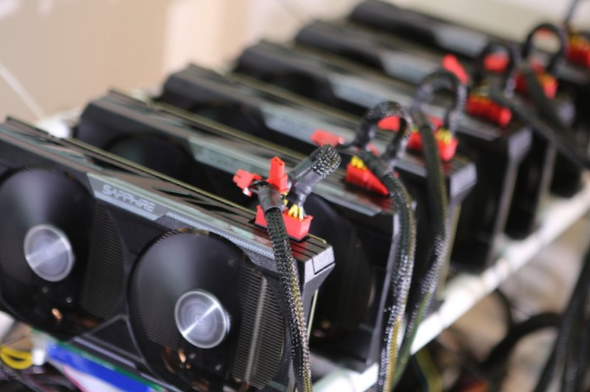Connection to DriversCloudCreate a DriversCloud.com accountReset your DriversCloud.com passwordAccount migration
Better sales for GPUs, but graphics cards not keeping pace
How is it possible that sales of GPUs (graphics processors) can be so decorrelated from those of graphics cards?
The periods of confinement linked to the Covid-19 pandemic completely disrupted the organization of work within companies, leaving many employees stranded at home. In many cases, it was then necessary to update the computer equipment in the home, leading to a considerable increase in sales of PCs and, of course, all associated components. However, just a few months later, the euphoria was over, with sales plummeting. One of the sectors most affected by this fall was graphics cards, which, to make matters worse, were experiencing a price hike linked to the technological innovations introduced by AMD and NVIDIA... and perhaps also a certain greed on the part of these two major players.
In fact, since the second quarter of 2021, the GPU market has not seen the slightest upturn. For the best part of two years, GPUs had been selling more poorly month by month, and it was only at the very beginning of last year that the sector finally entered a bullish cycle. Jon Peddie Research, a firm that closely monitors changes in the GPU world, notes that in the fourth quarter of 2023, GPU sales grew by 24% compared with the same period a year earlier. In all, 76.2 million GPUs were sold in the fourth quarter. This is the biggest increase in GPU sales recorded in the last 25 years, and although things are likely to calm down over the next few months, Jon Peddie Research still expects the sector to grow by an average of 3.6% per year until 2026.
Jon Peddie Research points out, however, that the situation of GPU players is very different. While Intel grew by 10.5% in the fourth quarter of 2023, NVIDIA shrank by 1.5% and AMD by 2.9%. In terms of market share, Intel is a comfortable number one with 67% of GPUs distributed over the period, while NVIDIA is at 18% and AMD at 15%. More importantly, these figures explain why the graphics card market can fall (- 1%) while the GPU market climbs (+24%). It's important to understand that Intel - for example - sells many GPUs as part of its processors. These are graphics solutions directly integrated into the processors, iGPUs, which do not require a graphics card. While the latter remain considerably more powerful, the progress made by iGPUs means that they can meet the needs of the majority of users.







